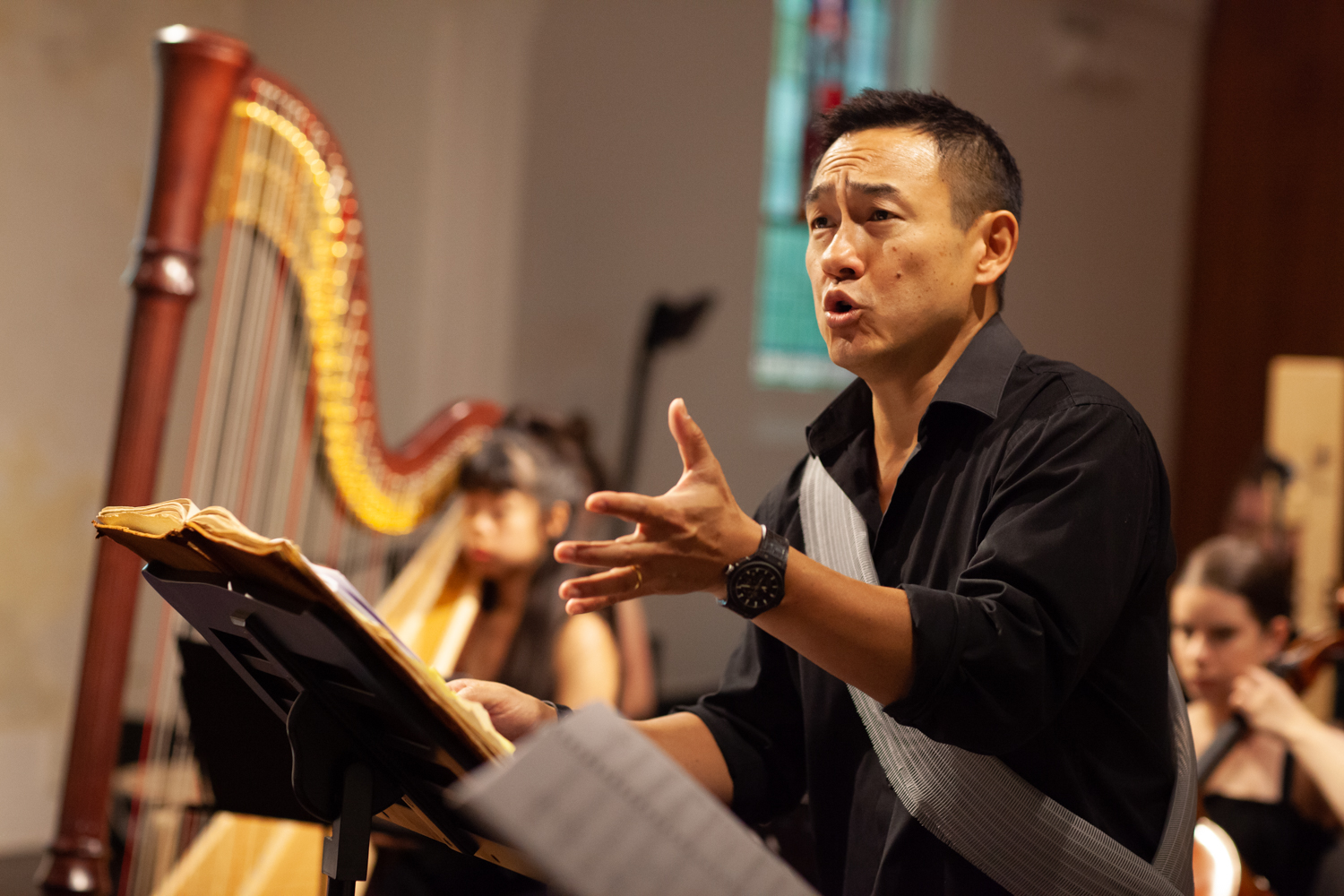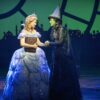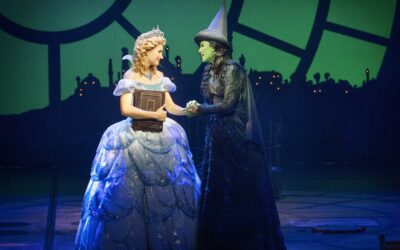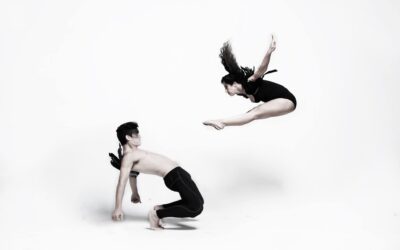It is warm summer’s evening where a former convent stands in the corner of an intricate vintage setting. The floor is wooden and sprung, bordered by sand on golden tissue paper to represent the edge of the seas. A 10-piece orchestra stands arm in arm with their instrument, waiting to begin in anticipation. The dancers and female opera singer Kate Bright enter most dramatically, treading as gentle as the sea breeze.
Composer Evan Lawson’s ideas and musical direction take this narrative on a physical and emotional journey that incorporates Shakespeare, Phemocles, Alessandra Striggio, and librettos from Orfeo ed Euridice and Calzabigi and L’Orfeo. The classic Greek myth Orpheus is a tale told time and time again, but one element that seems lost in translation is the former affair Orpheus had with his male counterpart, Calais. It is within this ballet opera that Lawson aims to unveil the themes of human sexuality and gender.

This four-part production allows the audience to flicker between a dream-like state and an abrupt tempo that shocks the human system. The tension is amplified with many silent moments. The orchestra offers an insightful spirit that helps the audience envision a soundscape of trauma as Orpheus makes his journey to Hades.
It is clear the three dancers represent the opera singers’ characters of Orpheus (Raymond Khong & Ashley Dougan), Eurydice (Kate Bright & Piaera Lauritz) and Calais (Joseph Ewart & Luke Fryer). The first love interaction is between Orpheus and Calais, where the dancers perform an erotic contemporary pas de deux. Dougan’s choreography is very cemented in the contemporary style, demonstrating an abstract interpretation of the live music.

The opera singing is nothing short of exceptional, particularly from female lead Kate Bright. Her moment in the centre of the room is solemn, as she experiences rape, torture and death. Her ability to breath short and sharp with raw emotion is captivating.
Despite the many moments repetitiveness of content, words and movements, it does capture the underlying story—that explores in depth the emotions of loss, heartache and trauma.







0 Comments